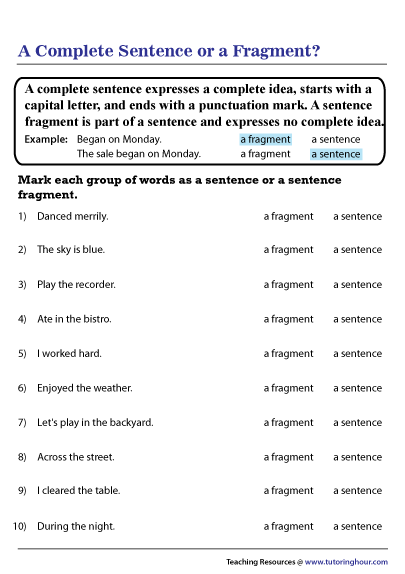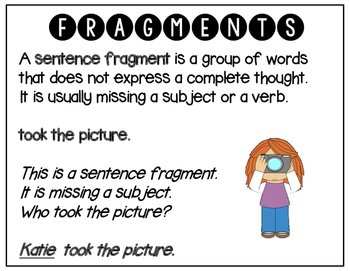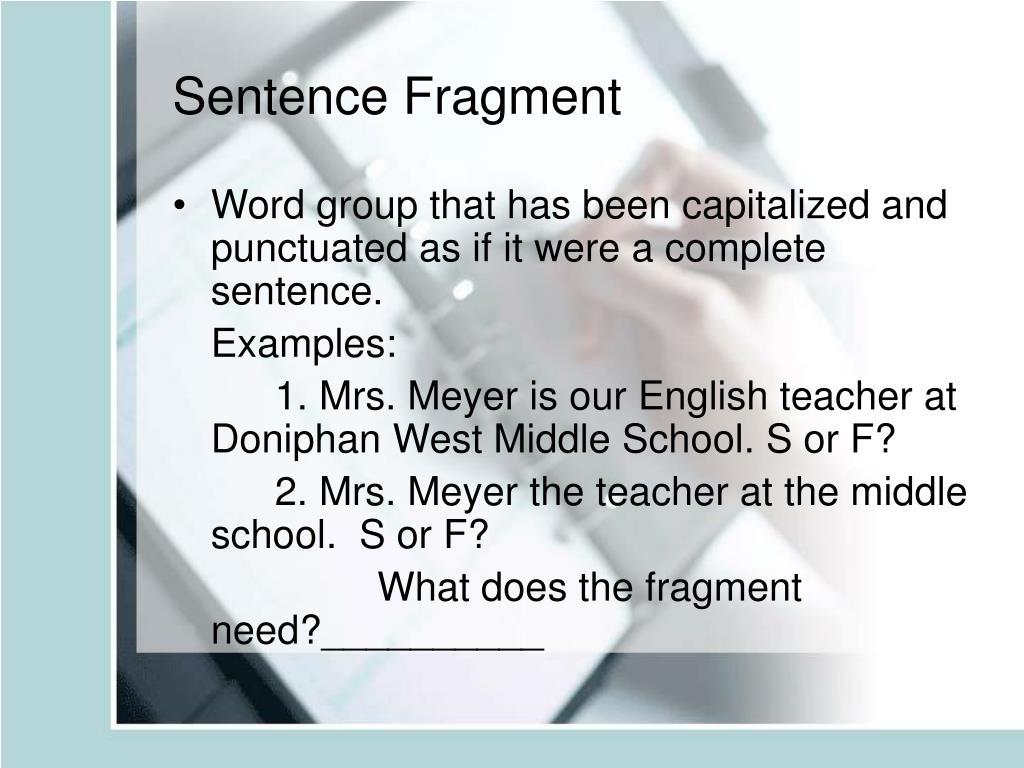

It can be tough to keep track of all of it, but our online sentence correction program is here to make it easier than ever. It’s very intricate and the rules change frequently depending on the situation and the way that the words and clauses are organized. The thing is that English is syntactically one of the most complex and difficult languages in the world. It shows them that you’re capable and professional, and our automatic sentence corrector is here to help you accomplish this more easily than ever. Proper grammar is what indicates credibility and reliability in the eyes of the reader. As a matter of fact, there is almost nothing more important than properly structuring your sentences and writing. People often think of things like grammar as both simplistic and not worth worrying about, and these are the same people who lose significant points in their grade, or credibility when they end up with error-riddled writing. There are few things tougher when it comes to writing than properly structuring your sentences using punctuation, grammar, and syntax. Before long, the chances of you getting caught off-guard by sentence fragments will lower significantly.Proper Text with Our English Sentence Correction Tool Now that we have identified specific types of fragments to keep an eye out for, use this information to guide you as you begin to recognize the differences in complete and incomplete sentences. It is a fairly straightforward process made difficult by the presentation of questions in a standardized test format. To fix a fragment, identify the missing element and add it to the sentence. These are some of the more common ways in which a sentence fragment may occur, but the most important takeaway is that almost every fragment is the result of one of three key elements: Since appositives lack action verbs, they are always considered fragments. Appositives, usually offset by commas, essentially add further identifying or clarifying information to the main subject. Even though subordinate and relative clauses may have both a subject and a verb, they don’t tell the whole story.Īn appositive is a noun phrase that explains or defines the preceding noun or pronoun. A dependent clause needs an independent clause to complete the thought. These phrases function as adjectives, but they do not result in a complete thought on their own.Ĭlauses that begin with subordinators (although, because, while, after, etc.) or relative pronouns (who, which, where, when, that, etc.) are dependent clauses and cannot stand alone.

Participle phrases often begin with a verb ending in -ing (present) or -ed (past). “One of the greatest challenges in the college admissions process” Make sure there is always a verb that makes clear the action in the sentence. When there is no verb communicating the action of a sentence, we have no idea what is happening. Verbs tell readers what the subject is doing. Without a subject, there is no one or nothing to do the action, resulting in an incomplete thought. The subject must complement the verb to tell us the whole story of a sentence. The subject is the who or what of a sentence. To avoid this common error, let’s look at some ways to spot a sentence fragment. It sounds fairly straightforward, but the ACT and SAT include extended fragments that can make it difficult to spot the missing element.

On standardized tests, your job is to recognize incomplete sentences and identify the missing element.
#WHATS FRAGMENT SENTENCE FULL#
Key elements are missing, leaving the reader hanging without a sense of the full thought. The problem with fragments is that they don’t tell the whole story. When the full thought is not expressed because either the subject or the verb is missing, you have a sentence fragment. It does not have to rely on other parts of the sentence to get its point across because it has a clear subject and accompanying verb phrase or predicate. As an independent clause, a complete sentence must stand on its own. Without a complete thought, a phrase is considered a sentence fragment even if it contains both a subject and a verb. “Although there are many topics to cover”Įach of these phrases communicates part of a sentence but lacks a complete thought.

One of the first steps in this process is understanding the difference between a complete sentence and a sentence fragment. The ACT and SAT test a number of grammar concepts, but the ability to recognize proper sentence structure is one of the fundamental skills that students must learn to perform well on the English and Writing & Language sections of these tests.


 0 kommentar(er)
0 kommentar(er)
